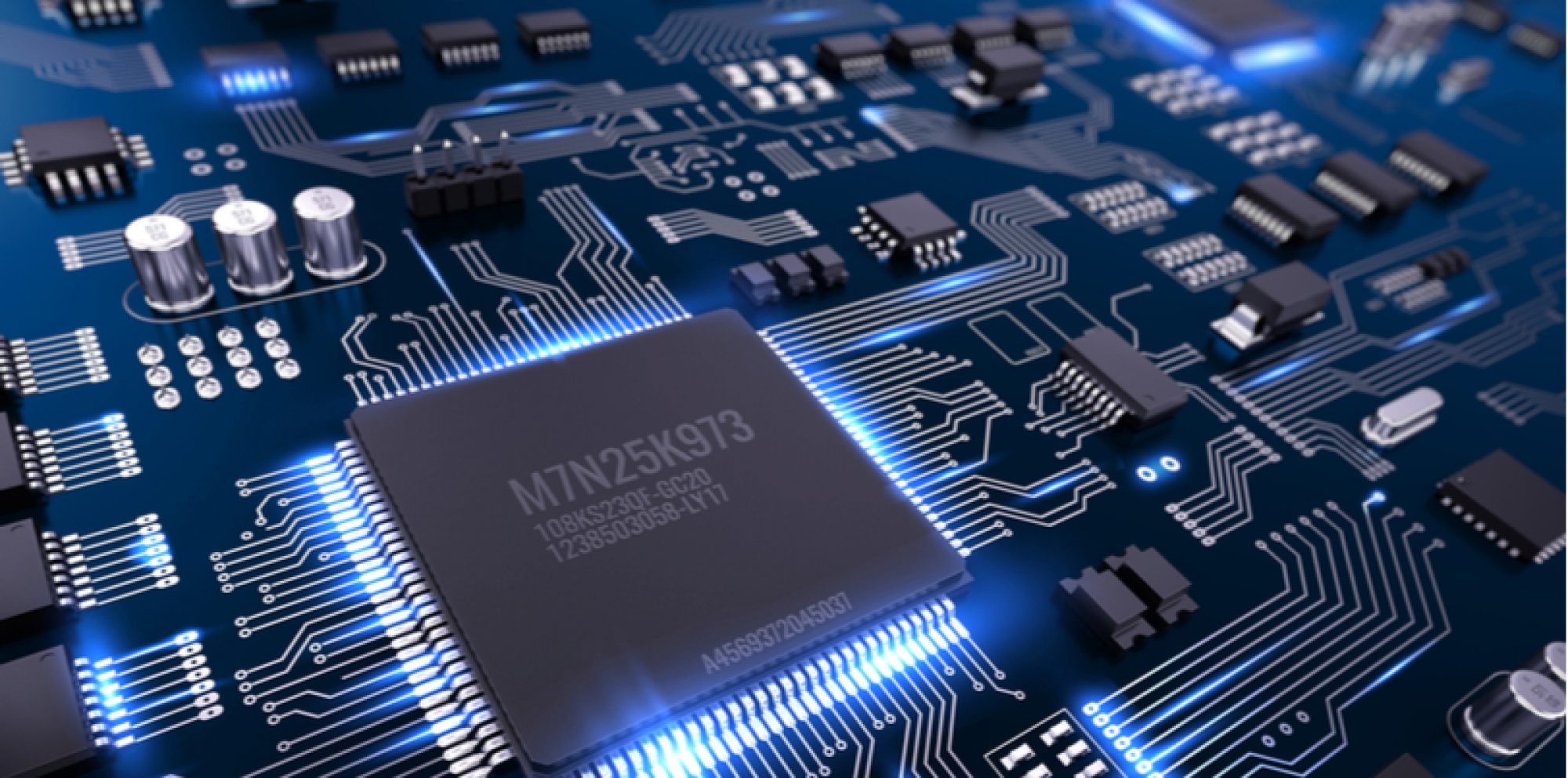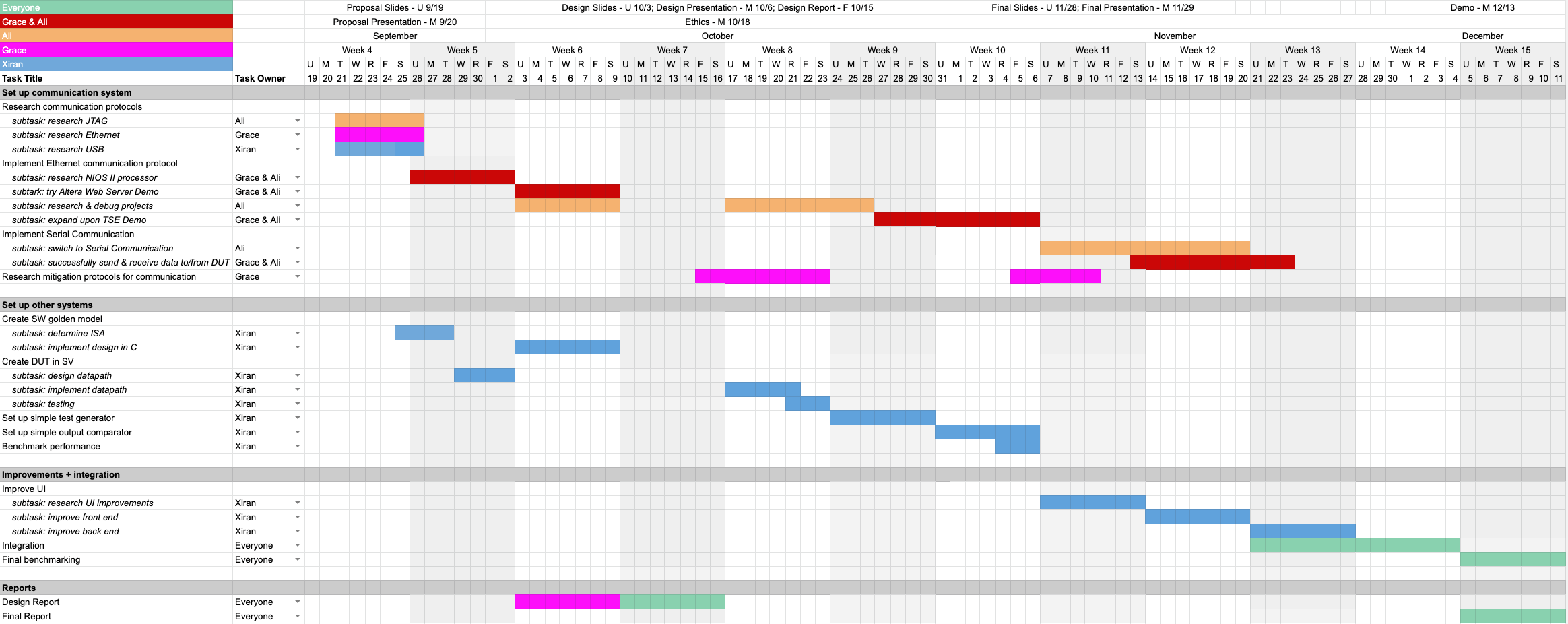The biggest concern is still regarding communication, but we are now a bit more concerned about the timing. The fastest baud rate Ali and Grace’s computer can handle is 512,000 bits/second which doesn’t scale for larger instruction quantities. Additionally, the library they are using is relatively slow to read data from the serial cable. They are thinking of switching to using a raspberry pi to handle sending data to the FPGA because it should be able to send data at a faster rate, and it might be easier to use a linux operating system rather than a windows operating system for communication. Ali picked up the Pi on Friday, and has an SD card coming today. She and Grace will be playing around with it later this week to see if they can increase speeds.
Arguably, we’re very happy that UART is basically working — especially compared to all of the issues with Ethernet.


